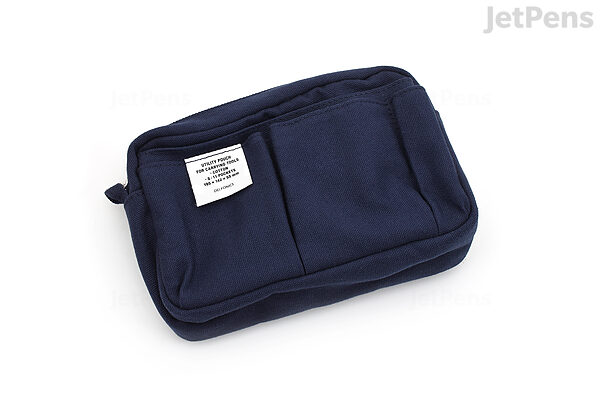reply to u/ManuelRodriguez331 at https://www.reddit.com/r/Zettelkasten/comments/15ehcy5/why_is_the_index_card_half_full/
There has been debate about the length of notes on slips since the invention of slips and it shows no signs of coming to broad consensus other than everyone will have their personal opinion.
If you feel that A6 is is too big then go down a step in size to A7. One of the benefits of the DIN A standard is that you can take the next larger card size and fold it exactly in half to have the next size smaller. This makes it easier to scale up the size of your cards if you prefer most of them to be smaller to save space, just take care not to allow larger folded cards to "taco" smaller cards in a way they're likely to get lost. If you really needed more space, you could easily use an A1 or A2 and fold it down to fit inside of your collection! (Sadly 4x6 and 3x5 cards don't have this affordance.)
Fortunately there are a variety of available sizes, so you can choose what works best for yourself. Historically some chose large 5x8", 6x9", or even larger "slips". Some have also used different sizes for different functions. For example some use 3x5 for bibliographic cards and 4x6 for day-to-day ideas. I've seen stacked wooden card catalog furniture that had space for 3x5, 4x6, and 8.5x11 in separate drawers within the same cabinet. Some manufacturers even made their furniture modular to make this sort of mixed use even easier.
One of the broadly used pieces of advice that does go back centuries is to use "cards of the same size" (within a particular use case). This consensus is arrived at to help users from losing smaller cards between larger/taller cards. Cards of varying sizes, even small ones, are also much more difficult to sort through. Slight of hand magicians will be aware of the fact that shaving small fractions of length off of playing cards is an easy way of not only marking them, but of executing a variety of clever shuffling illusions as well as finding some of them very quickly by feel behind the back. Analog zettelkasten users will only discover that smaller, shorter cards are nearly guaranteed to become lost among the taller cards. It's for this reason that I would never recommend one to mix 4x6, A6, or even the very closely cut Exacompta Bristol cards, which are neither 4x6 nor A6!
I once took digital notes and printed them on paper and then cut them up to fit the size of the individual notes to save on space and paper. I can report that doing this was a painfully miserable experience and positively would NOT recommend doing this for smaller projects much less lifelong ones. Perhaps this could be the sort of chaos someone out there might actually manage to thrive within, but I suspect it would be a very rare individual.
As for digital spacing, you may win out a bit here for "saving" paper space, but you're also still spending on storage costs in electronic formatting which historically doesn't have the longevity of physical formats. Digital also doesn't offer the ease of use of laying cards out on a desktop and very quickly reordering them for subsequent uses.
There are always tradeoffs, one just need be aware of them to guide choices for either how they want to work or how they might work best.
Personally, I use 4x6" cards because I often write longer paragraphs on them. Through experimentation I found that I would end up using two or more 3x5 cards more often than I would have had mostly blank 4x6 cards and used that to help drive my choice. I also find myself revisiting old cards and adding to them (short follow ups, links to other cards, or other metadata) and 3x5 wouldn't allow that as easily.
As ever, YMMV...
See also: [[note lengths]] and/or [[note size]].


